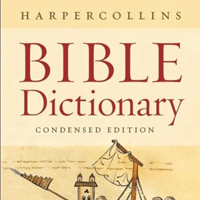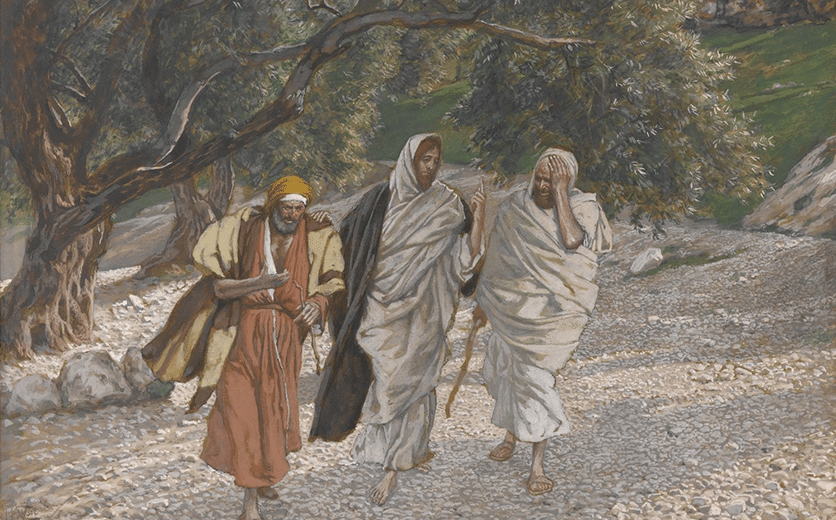Si´ni; derivation uncertain, perhaps related to the Mesopotamian moon god Sin
1 The Sinai Peninsula, a large wedge-shaped block of territory that forms a land bridge between Africa and Asia. Sinai is bounded on the west by the Suez Canal and Gulf of Suez, while the Negeb and Gulf of Aqabah form the peninsula’s eastern border. Sinai’s northern and southern limits are clearly defined by the Mediterranean Sea and the Red Sea, respectively. When Abraham, Jacob, and the family of Jacob made their way between Canaan and Egypt, the trade routes across the peninsula were already well established. Many centuries later, Saul and David fought the Amalekites in northwestern Sinai (1Sam 15:7; 1Sam 27:8), and Elijah made a pilgrimage to this region’s famous mountain (1Kgs 19:8). Still later, Joseph, Mary, and Jesus entered the Sinai as they fled from Herod (Matt 2:13). 2 The Wilderness of Sinai, the biblical name for the small, distinct region in which Mt. Sinai was located. It was in this wilderness that the Israelites were encamped when they received the law (Exod 19:1-2; Lev 7:38), were numbered (Num 1:19; Num 3:14; Num 26:64), and celebrated the Passover (Num 9:5). It was also in the wilderness of Mt. Sinai that Moses had encountered the burning bush (Exod 3:1-2; Acts 7:30; Acts 7:38). 3 Mt. Sinai, the mountain on which the law was delivered to Moses (Exod 31:18; Exod 34:29; Exod 34:32; Lev 26:46; Lev 27:34; Neh 9:13). The biblical writers refer to Mt. Sinai by various names (e.g., “the mountain,” “the mountain of God,” “Mount Horeb,” “the mountain of Horeb,” and “the mountain of God in Horeb”). This mountain played a significant role in the spiritual development of Moses (Exod 3:1-12), and its sacred character was magnified when Sinai became the locus of divine revelation par excellence (Exod 19:18; Exod 19:20; Exod 19:23; Exod 24:16; Deut 33:2; Judg 5:5; Ps 68:8).




